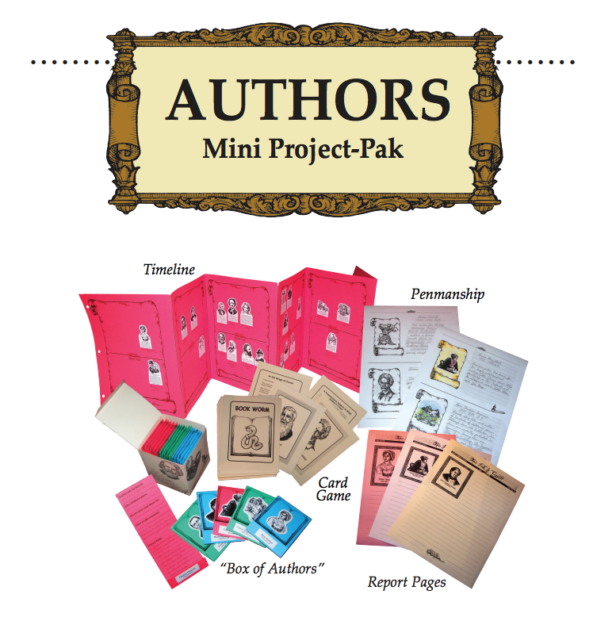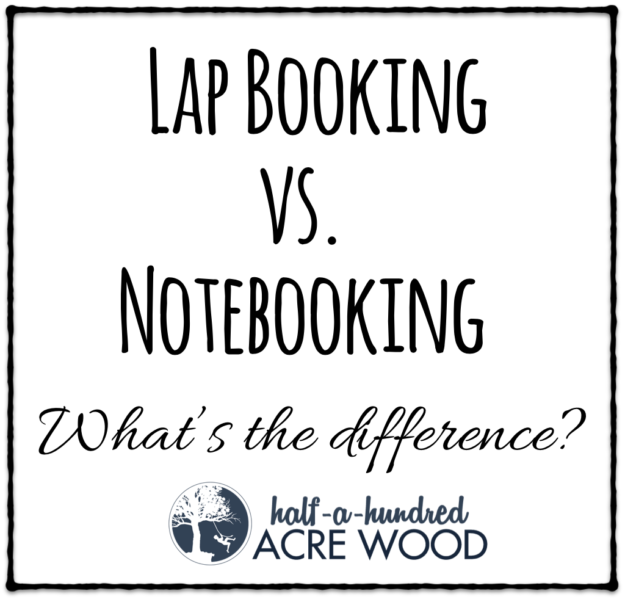
Several years ago, we decided to supplement memory work with some long-term projects. We’ve received several questions about what lapbooking is, how it’s different from notebooking, and why we have completed so many lapbooks. Here’s where we answer some of those questions!
Lapbooking 101
For those unfamiliar with lapbooking, it’s just a simple way to organize learned information in the form of graphical organizers instead of using a piece of notebook paper or worksheets. The base of the lapbook is made up of file folders that have been very simply re-folded and then pasted together. The format is such that our writing-averse 8-year-old enjoys writing (without complaining!).
Notebooking (or Worksheets) vs. Lapbooking
In a notebooking page, you write about each writing prompt on a prepared notebooking page or in a journal or composition book. For a lapbook, you write about the same exact material, only you cut it into interesting foldables that are then pasted into a lapbook (file folders that have been re-folded and pasted together). We’ve found that our children are more likely to enjoy writing when it’s presented in this manner, and they’re more likely to flip back through their lapbooks than they are to flip back through pages of notebooking prompts they’ve written. There’s just something about this format (probably the flipping open of foldables) that grasps their attention!
To see the difference between notebook pages and lapbook components, you can download the free Island of the Blue Dolphins Lapbook and Notebooking Package by The Notebooking Nook, which includes both versions (or for more information, see our previous post on completing Island of the Blue Dolphins).
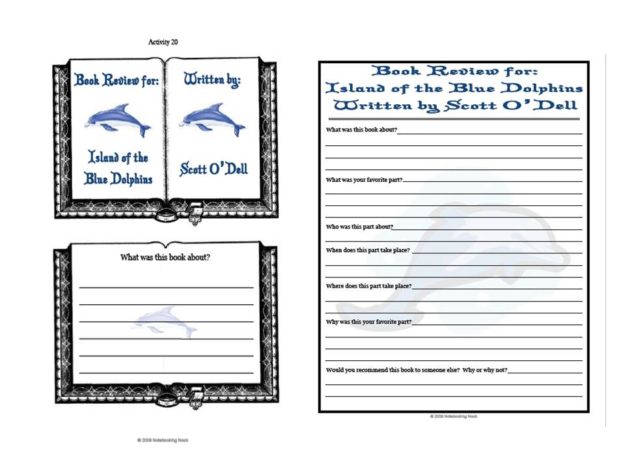
Lapbook vs. Notebook Format
It may look complicated, but Lapbooking is easy!!! I remember how intimidated I was before we did our first lapbook on Volcanoes and Earthquakes, but my oldest son enjoyed it so very much, and we learned a ton! And that’s why we’ve completed over 25 lapbooks to date. Believe me, if I can do it, anyone can do it! The key is to remember: don’t try to complete an entire lapbook in one day. (ha!) It’s best to pick something of interest to your child, even if it doesn’t tie in with what you want him/her to study, and work on it at their pace. (This lends itself towards preparation for presentations if you have a presentation time in your homeschool co-op!) It could be one template every other day, or 1 template per day, or 10 templates per day. It just depends on the child!
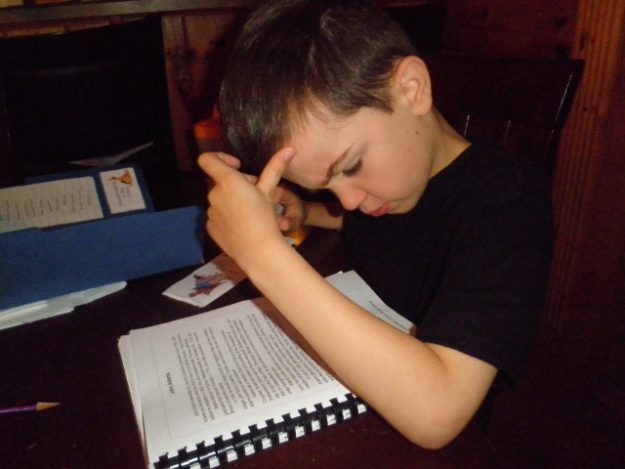
In many cases, the outside research has already been done for you. Many lapbooks include readings within the download so that you can fill in lapbooking components more easily.
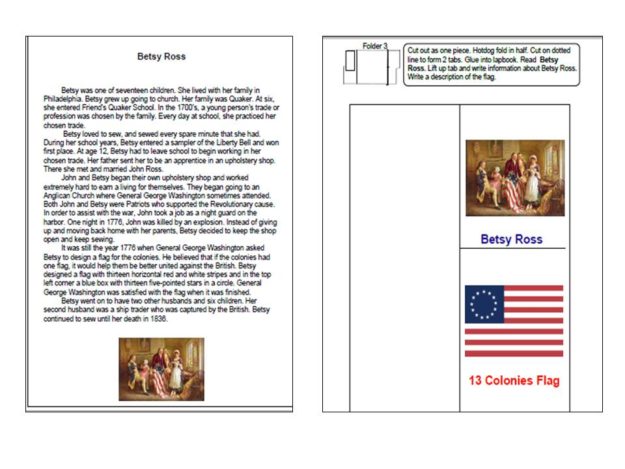
With the flaps and graphics, the finished lapbook not only makes it more enticing to review material, but it also makes for a wonderful keepsake!
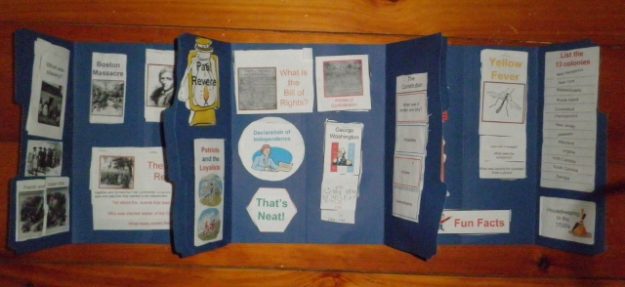
For a rather lengthy list of free lapbooks you can download, go to Homeschoolshare. Also check out the following additional free lapbooking resources to try!
Free Lapbooks!
- Homeschoolshare’s Lapbooks So many good ones here for all ages! Some are literature based (children’s picture books or Newbery honors), some are science based, some are history based. (For example, you can try the Civil War Lapbook!)
- Tina’s Dynamic Homeschool’s War Between the States (and a whole lot of others!)
- Free Island of the Blue Dolphins Lapbook & Notebooking Packet. We loved this one! Check out our experience putting it together here.
- Try our Nim’s Island Lapbook!
- Homeschool in the Woods has brought back their popular mini-study on authors as a FREE DOWNLOAD for new subscribers! Sign up for their newsletter here!

